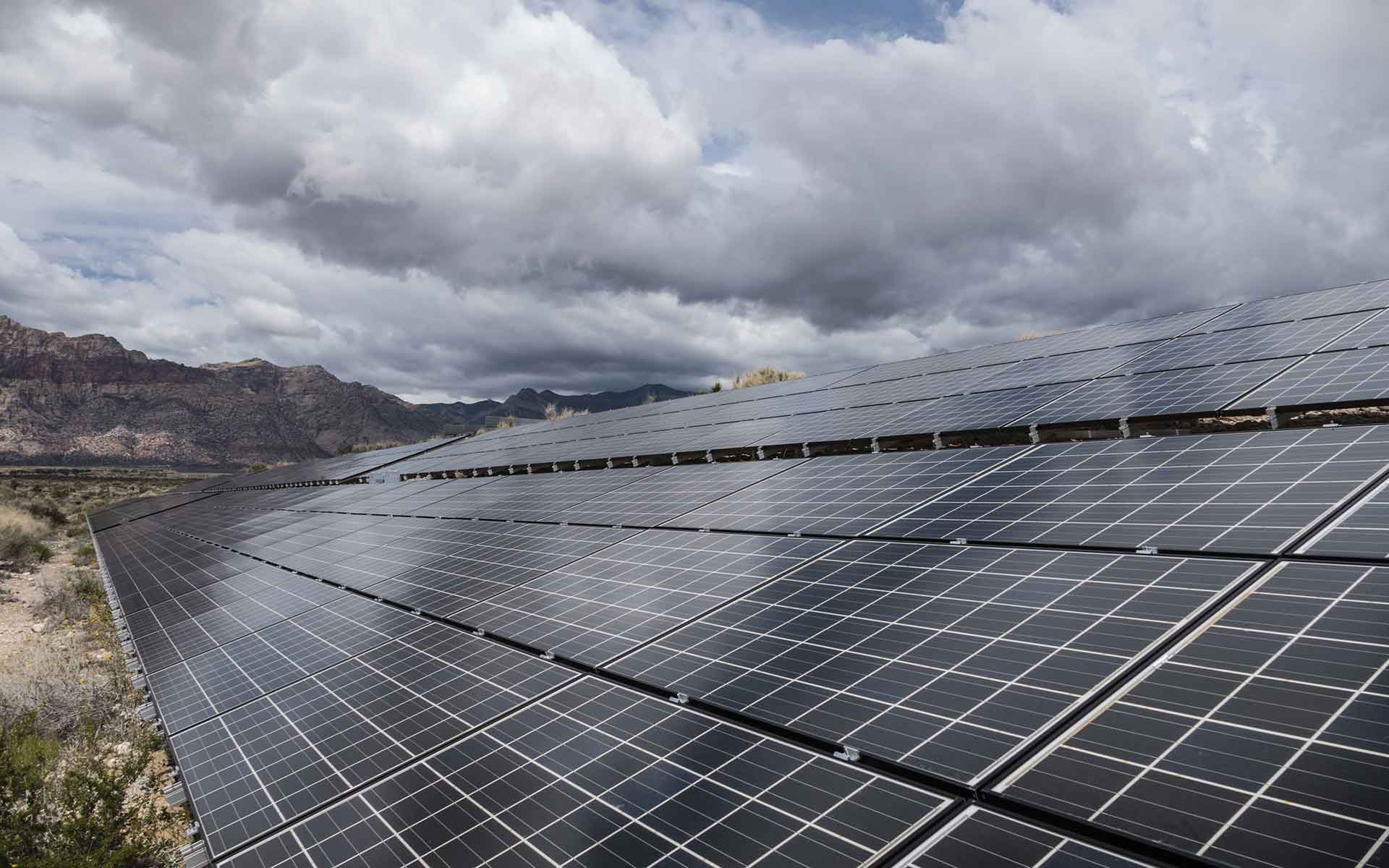Summary
The Increasing Visibility of Distribution Networks project developed a system that provides distribution network service providers (DNSP) with increased visibility of their medium voltage networks. The outcomes of this project are continuing to support DNSPs to take a less conservative approach in assessing and approving new customer solar photovoltaic (PV) systems to be connected to their networks.
How the project works
The Increasing Visibility of Distribution Networks project developed a system that provides DNSPs with a better understanding of the operational conditions of their networks, with a new state estimation technique (SEA) that estimates a network’s operational conditions from available data. These estimated results form part of a network analysis tool where the likely impact of the additional PV systems can be assessed.
Seven medium voltage distribution feeders – located in South-east Queensland, Victoria and Tasmania – were trialled. Following these successful trials, the system was made available to all Australian electricity distribution companies for rollout on their entire networks.
The system was also trialled in real-time mode for monitoring the operating conditions on a medium voltage network section (feeder) with medium-sized commercial PV systems connected to the low voltage (LV) side of local distribution transformers. This trial explored whether customers could supply useful data to the SEA, and the technical feasibility of a dynamic network capacity assessment and allocation to customers currently on static export limits. The trials were successful and demonstrated that there is potential for additional exports beyond the static limits determined during the connection assessment process.
Learn more
Area of innovation
The Increasing Visibility of Distribution Networks project advanced the SEA technology, developed at the University of Queensland, from a proven prototype demonstration to a semi-automated system completed and qualified through tests and demonstrations on feeders of the three partner electricity distribution companies. It demonstrated that technical PV connection assessments can be automated to a high degree to support assessors, and that these assessment processes can be used for a capacity assessment in near real-time to provide access to additional network capacity when the operational conditions of the network allow.
Benefit
The project will help remove barriers to greater customer uptake of PV in the capacity range 15kW to 5MW that connect to low voltage or medium voltage distribution networks. It also filled a critical knowledge gap for integrating renewable generation into distribution grids. More specifically for the distribution companies to know the operating state of their low voltage and medium voltage distribution networks so they can plan and operate their networks more effectively to maintain mandated electricity supply quality and the safe loading of their distribution networks.
In summary:
- The system allows Australian DNSPs to accurately gain visibility of their system and estimate the impact of any changes with limited data
- The project proved it is possible to calculate system limits (static and dynamic export limits) automatically and over long time periods
- A new entity has been established that provides the service to DNSPs (including the ongoing development, maintenance and support services).






